The Most Notable & Exciting 1960s Corvettes
As one reflects back upon the Corvette’s storied run of production, which now spans nearly 70-years in length, no shortage of particular models stand out from the pack based upon their form, function, or intrinsic value. This is perhaps never more evident than when assessing the various model years of Corvette production, from one decade to the next. The 1960s were certainly a period of change, both in the American landscape and for the Corvette itself. The Vietnam War was raging, the space race was in full swing, and the now-infamous Woodstock music festival played out before a crowd of approximately 400,000. Meanwhile, the 1960s saw the Corvette span parts of three individual generations, and undergo subsequent design and developmental changes too numerous to count. The following are the three most notable Corvette models from the 1960s.
1963 C2 Corvette
Iconic split rear window design.
The 1963 model year served as the jumping-off point for what many still refer to as the Corvette’s finest generation. The 1963 Corvette was nothing short of a marvel, both mechanically and cosmetically. This came largely as a byproduct of collaborative work between design virtuoso Bill Mitchell, and mechanical visionary Zora Arkus-Duntov. Visually, the 1963 Sting Ray was a masterpiece, showcasing pronounced front fenders, sweeping body lines, and a now-infamous split rear window. Mechanically, the all-new C2 made great strides over previous first-generation models. The Corvette’s prior solid rear axle design was nixed in favor of an independent rear suspension, wider drum brakes became standard equipment, and a total of four engines were available to consumers, including three carbureted models, and one 360 horsepower “Fulie” small-block.
1965 C2 Corvette
Introduction of fuel injection and disc brakes. Both very helpful.
The 1965 model year is often recalled as the point during which the Corvette gained true credibility as a performance car, free of any remaining negative stigma that surrounded the iconic sports car’s earliest days. Much of the credit for this level of mechanical revitalization lies with Arkus-Duntov, who championed a significant degree of the Corvette’s performance pedigree, both on and off of the track, often to the begrudgery of top GM brass. In 1965, consumers were treated to 5 individual engine options, including 3 variations of the 327 cubic-inch small-block (2 carburated, 1 fuel injected) and 2 individual big-block offerings (396, 427). Additionally, 1965 is also remembered as the year when 4-wheel disk brakes first came standard on the Corvette.
1967 C2 Corvette
The pinnacle Corvette yeas. L88 an absolute legend.
By 1967, the Corvette’s second generation had run its course. Many consumers were holding out for the arrival of the much-anticipated C3, which consequently led to a decline in sales during the C2’s final year of production. However, those who passed up the opportunity to purchase a 1967 Corvette, have likely since lived to regret it. The 1967 Corvette is not only heralded by many as the greatest 1960’s rendition of the iconic American sports car, but is often cited as being one of the greatest Corvette’s to date. Aesthetically, the 1967 C2’s body lines were refined to perfection. Excessive badging was removed, exterior ducting took on a cleaner look, and the “Stinger” hood became a mainstay of all big-block optioned models. However, much of the 1967 Corvette’s appeal stemmed from the car’s generous number of available powerplants. Two different 327 cubic-inch small-blocks were offered for the 1967 production year, as were a myriad of big-block alternatives. The most fearsome of these big-blocks was the legendary L88, which was rated for 430 horsepower, though most believe this engine to have truly produced well in excess of 500 horsepower.


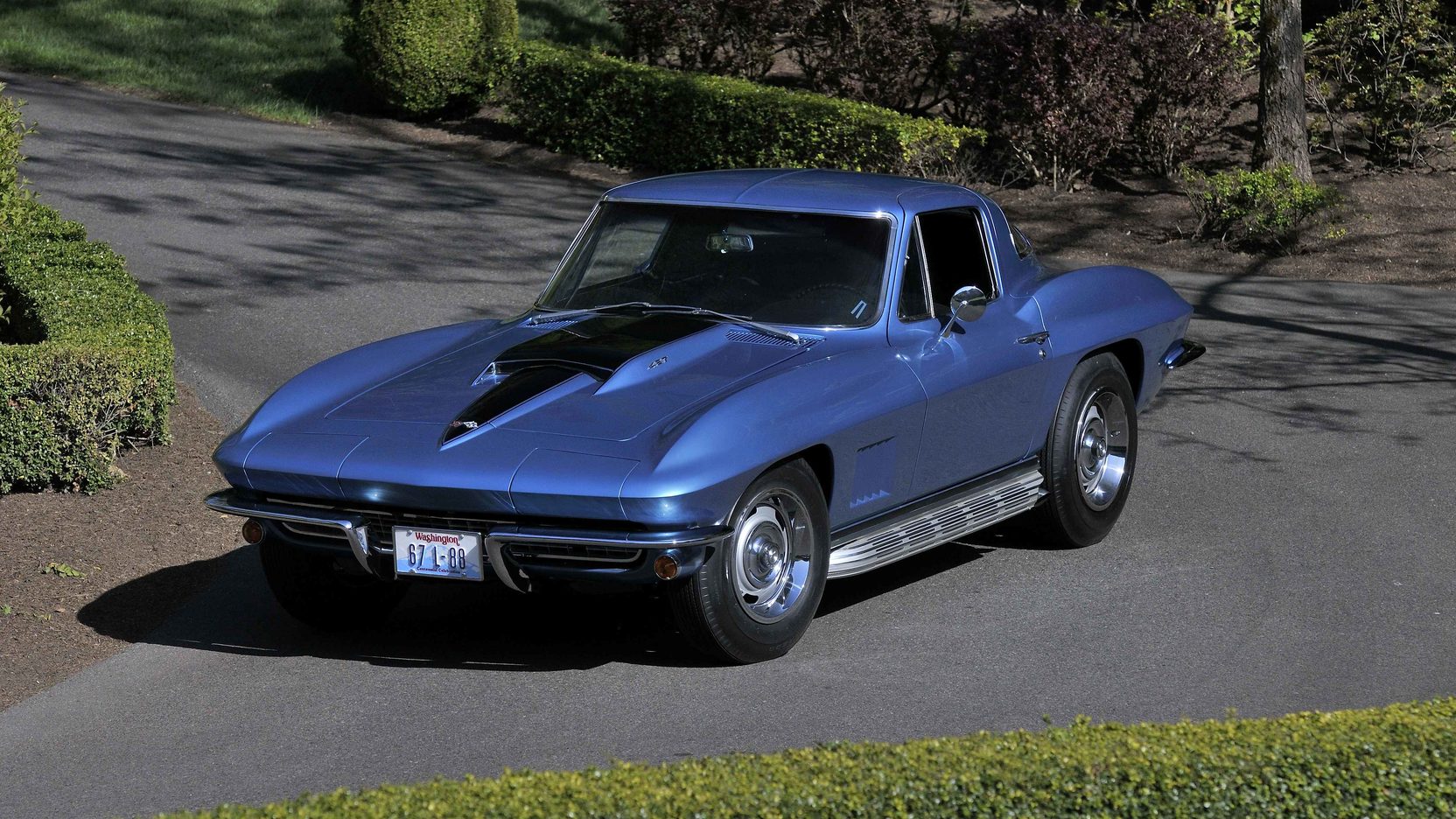
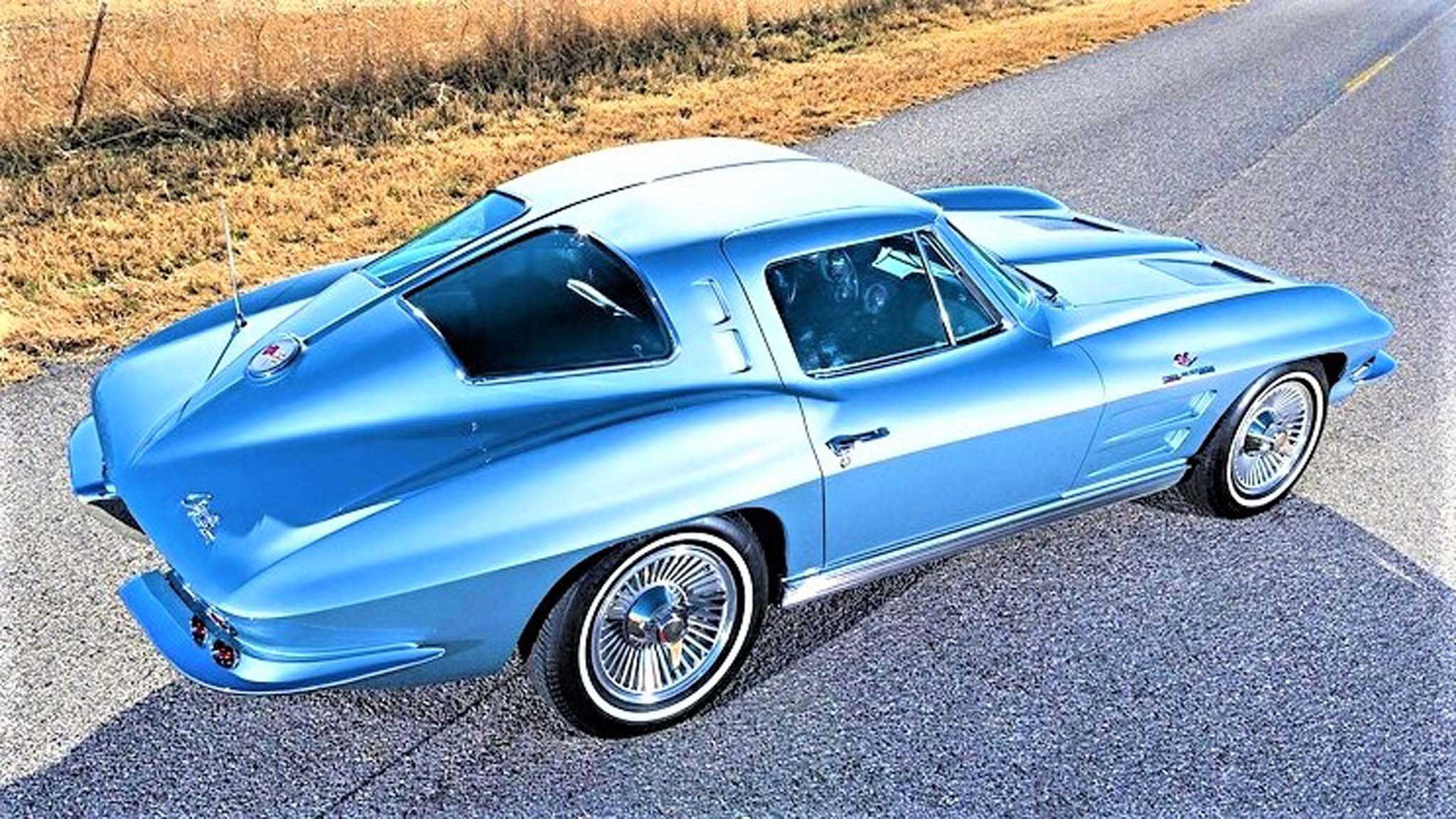
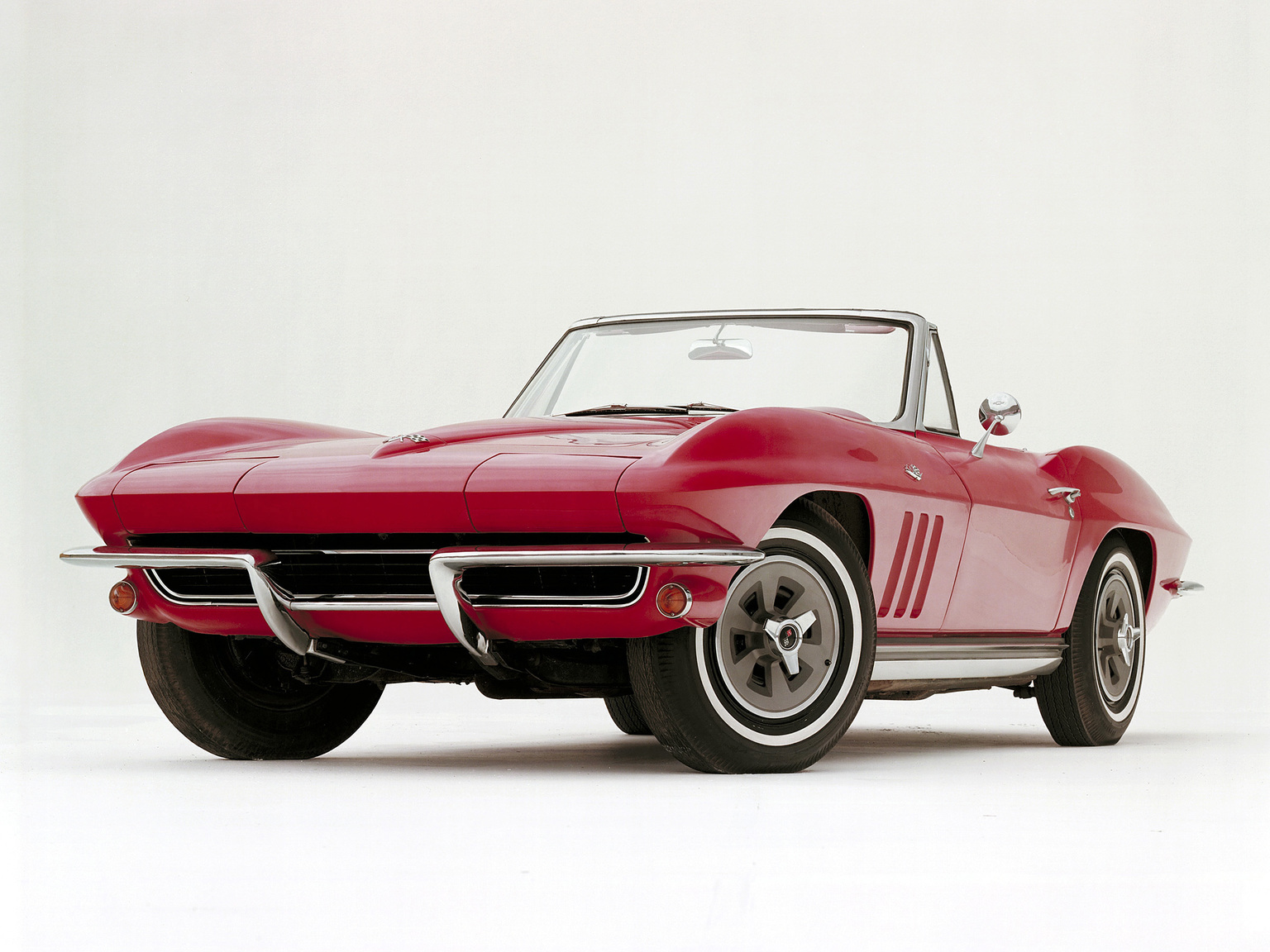
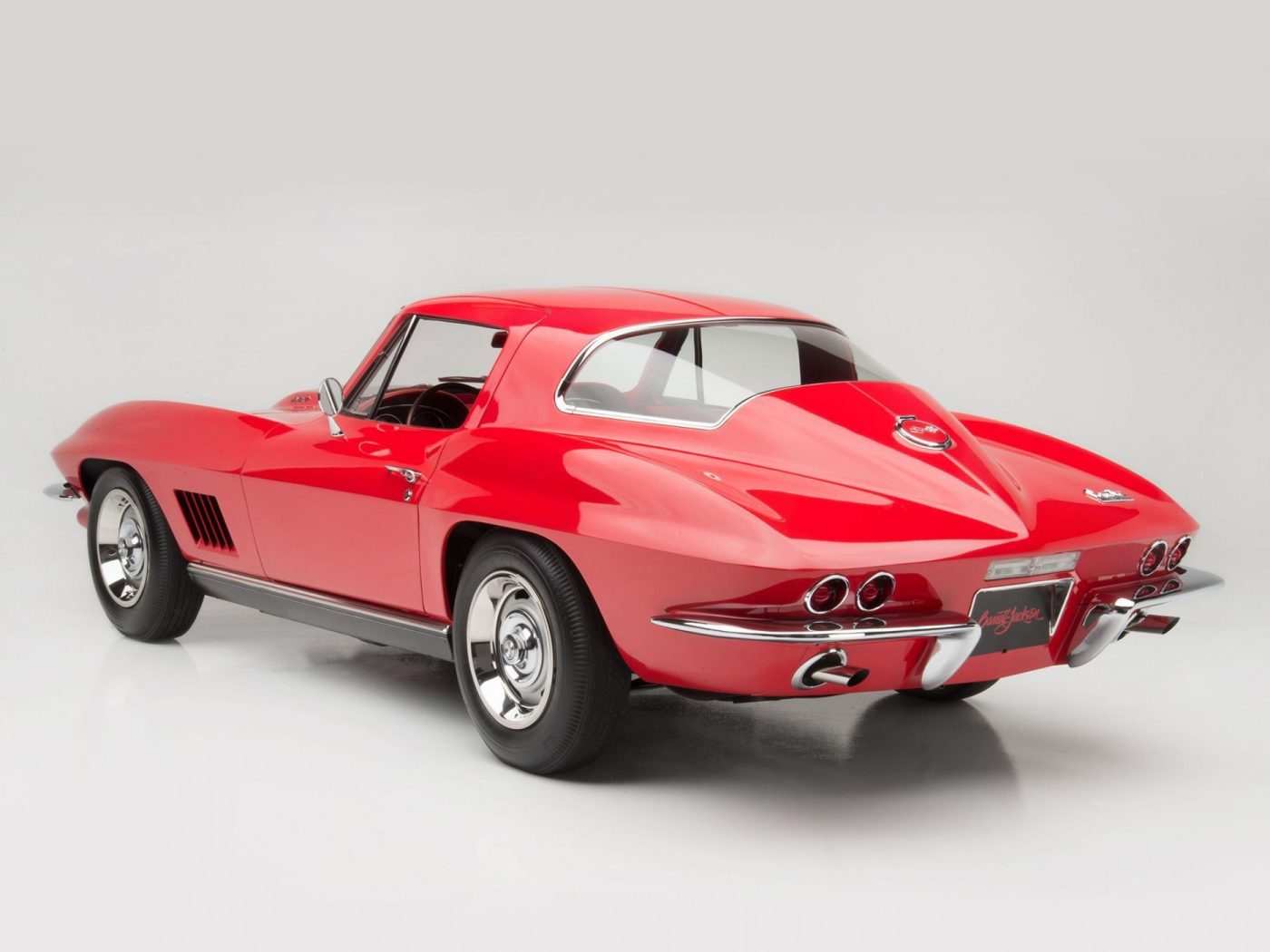
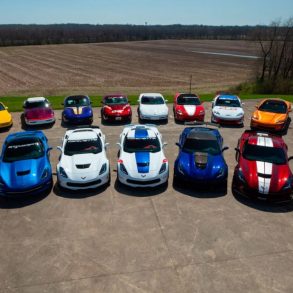
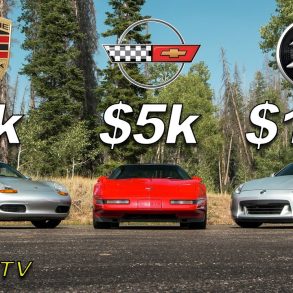
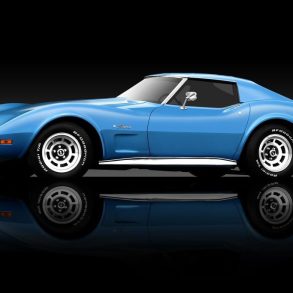
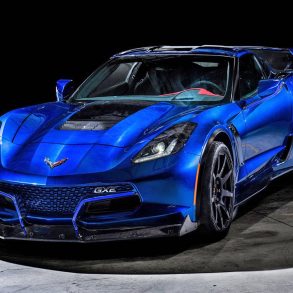
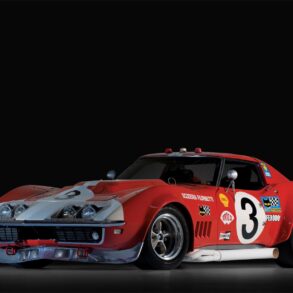
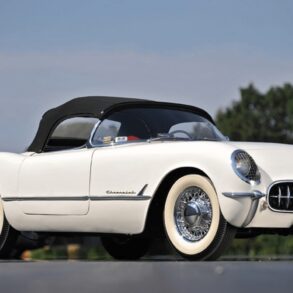
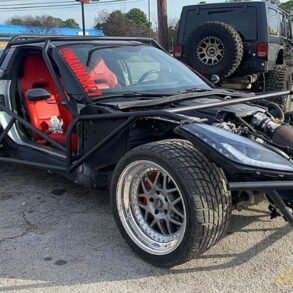
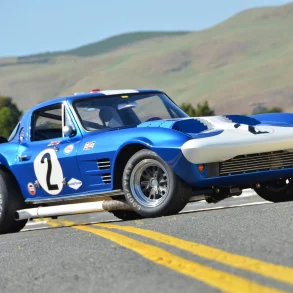

I think the c2 is the best corvette of all time
I was doing good until we got to no power steering or a/c. I had a 72 454. It had both and was a great car.